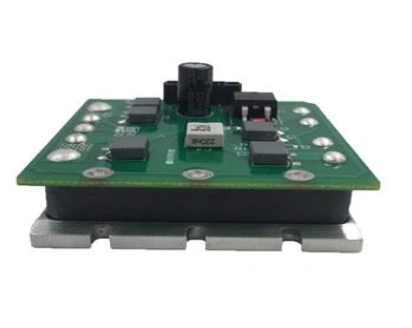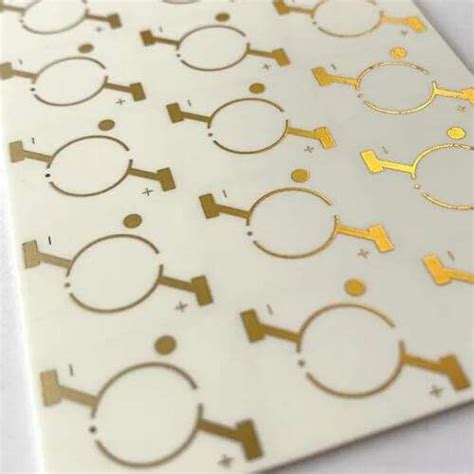CIM and PCB Assembly: Integration and Functionality
1. Introduction
Computer-Integrated Manufacturing (CIM) and Printed Circuit Board (PCB) assembly are two critical components in modern electronics manufacturing. CIM refers to the use of computer systems to control and automate production processes, while PCB assembly involves the fabrication and population of circuit boards with electronic components. The integration of CIM in PCB assembly enhances efficiency, precision, and scalability in manufacturing.
This article explores the relationship between CIM and PCB assembly, detailing their functionalities, benefits, and the role of automation in modern electronics production.

2. Understanding CIM (Computer-Integrated Manufacturing)
CIM is a manufacturing approach that utilizes computers to integrate various production processes, including design, planning, machining, assembly, and quality control. Key aspects of CIM include:
- Automation & Robotics – Machines and robotic systems perform repetitive tasks with high precision.
- Data Integration – Real-time data exchange between design (CAD), manufacturing (CAM), and enterprise systems (ERP).
- Process Optimization – AI and machine learning improve production efficiency and reduce defects.
- Flexible Manufacturing – Quick adaptation to design changes and small-batch production.
In PCB manufacturing, CIM enables seamless coordination between design software, assembly machines, and testing systems.
3. PCB Assembly Process Overview
PCB assembly involves multiple stages:
3.1 PCB Fabrication
Before assembly, the bare PCB is manufactured through processes such as:
- Substrate Preparation – Cutting and cleaning the base material (usually FR4).
- Copper Etching – Removing excess copper to form conductive traces.
- Drilling & Plating – Creating vias and through-holes for component mounting.
- Solder Mask & Silkscreen Application – Insulating layers and component labeling.
3.2 Component Placement
Automated machines place components on the PCB:
- Surface Mount Technology (SMT) – High-speed pick-and-place machines position tiny components (resistors, ICs).
- Through-Hole Technology (THT) – Larger components (connectors, capacitors) are inserted into drilled holes.
3.3 Soldering
- Reflow Soldering (SMT) – The PCB passes through an oven, melting solder paste to form connections.
- Wave Soldering (THT) – The board moves over a molten solder wave, bonding through-hole components.
3.4 Inspection & Testing
Automated Optical Inspection (AOI), X-ray inspection, and functional testing ensure quality.

4. Role of CIM in PCB Assembly
CIM enhances PCB assembly through:
4.1 Design-to-Manufacturing Integration
- CAD/CAM Systems – PCB designs from software (e.g., Altium, Eagle) are directly fed into assembly machines.
- Automated Bill of Materials (BOM) Processing – CIM systems verify component availability and optimize placement.
4.2 Smart Manufacturing & Industry 4.0
- IoT-Enabled Machines – Sensors monitor equipment health and prevent downtime.
- Predictive Maintenance – AI analyzes machine data to predict failures before they occur.
- Digital Twins – Virtual models simulate PCB assembly before physical production.
4.3 Automated Quality Control
- Machine Vision Systems – Detect misaligned or missing components.
- Automated Test Equipment (ATE) – Conducts functional and electrical tests.
4.4 Supply Chain & Inventory Management
- Real-Time Tracking – CIM systems manage component inventory and procurement.
- Just-in-Time (JIT) Manufacturing – Reduces storage costs by synchronizing production with demand.
5. Benefits of CIM in PCB Assembly
- Higher Precision – Reduces human errors in component placement.
- Faster Production – Automated machines assemble PCBs at high speeds.
- Lower Costs – Minimizes material waste and labor expenses.
- Scalability – Supports mass production and customization.
- Improved Traceability – Tracks defects back to specific production stages.
6. Challenges & Future Trends
6.1 Challenges
- High Initial Investment – CIM requires expensive machinery and software.
- Complexity in Integration – Legacy systems may not be compatible with new CIM technologies.
- Cybersecurity Risks – Connected systems are vulnerable to hacking.
6.2 Future Trends
- AI-Driven Optimization – Machine learning improves defect detection and process efficiency.
- 3D-Printed Electronics – Additive manufacturing enables flexible PCB designs.
- Sustainable Manufacturing – Eco-friendly materials and energy-efficient processes.

7. Conclusion
The integration of CIM in PCB assembly revolutionizes electronics manufacturing by enhancing automation, precision, and efficiency. As Industry 4.0 advances, smart factories will increasingly rely on AI, IoT, and robotics to produce high-quality PCBs at scale. While challenges exist, the benefits of CIM—such as reduced costs, faster production, and improved quality—make it indispensable in modern PCB manufacturing.
The future of PCB assembly lies in further digitization, with innovations like digital twins and 3D-printed electronics paving the way for smarter, more sustainable production.






